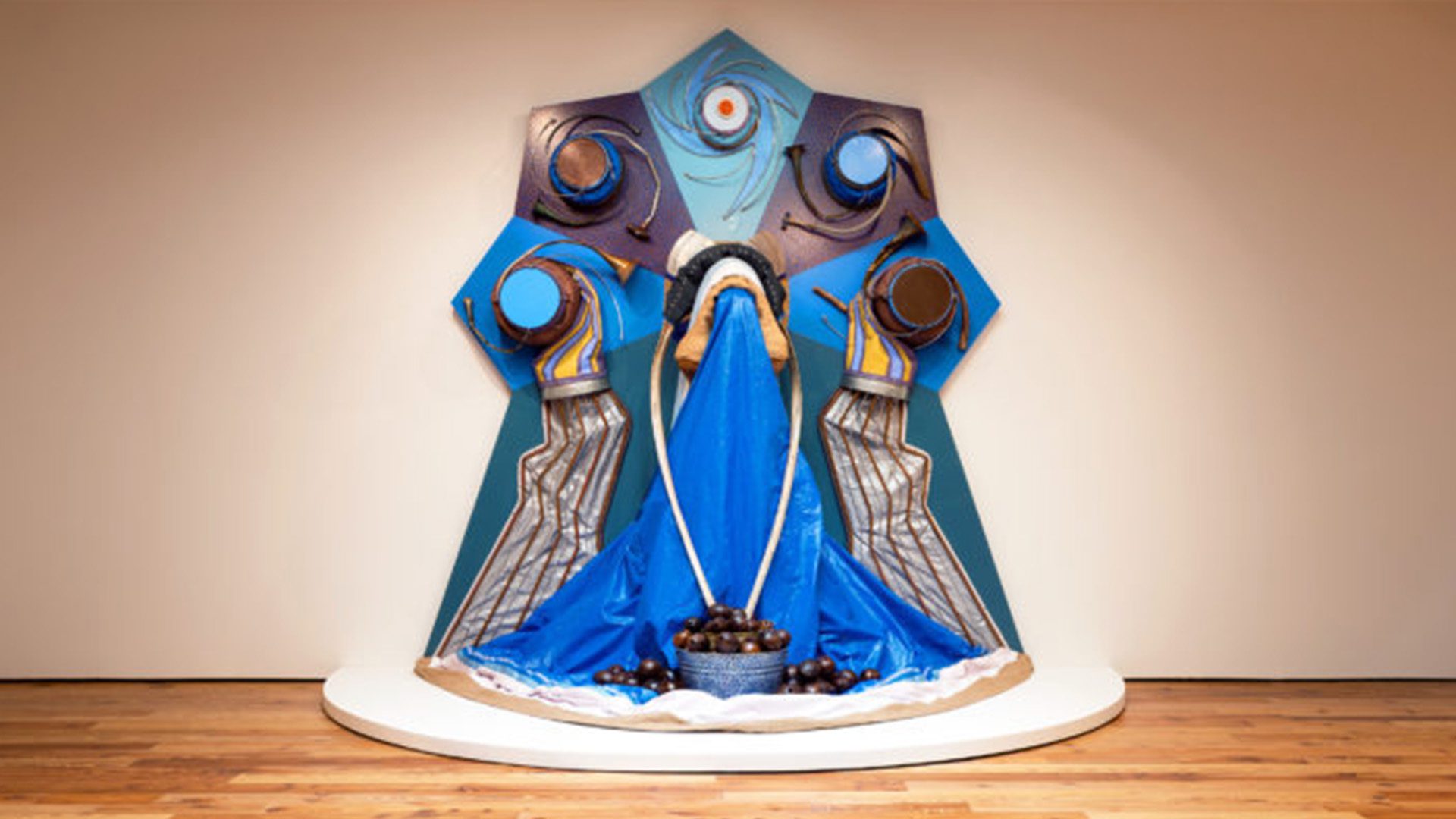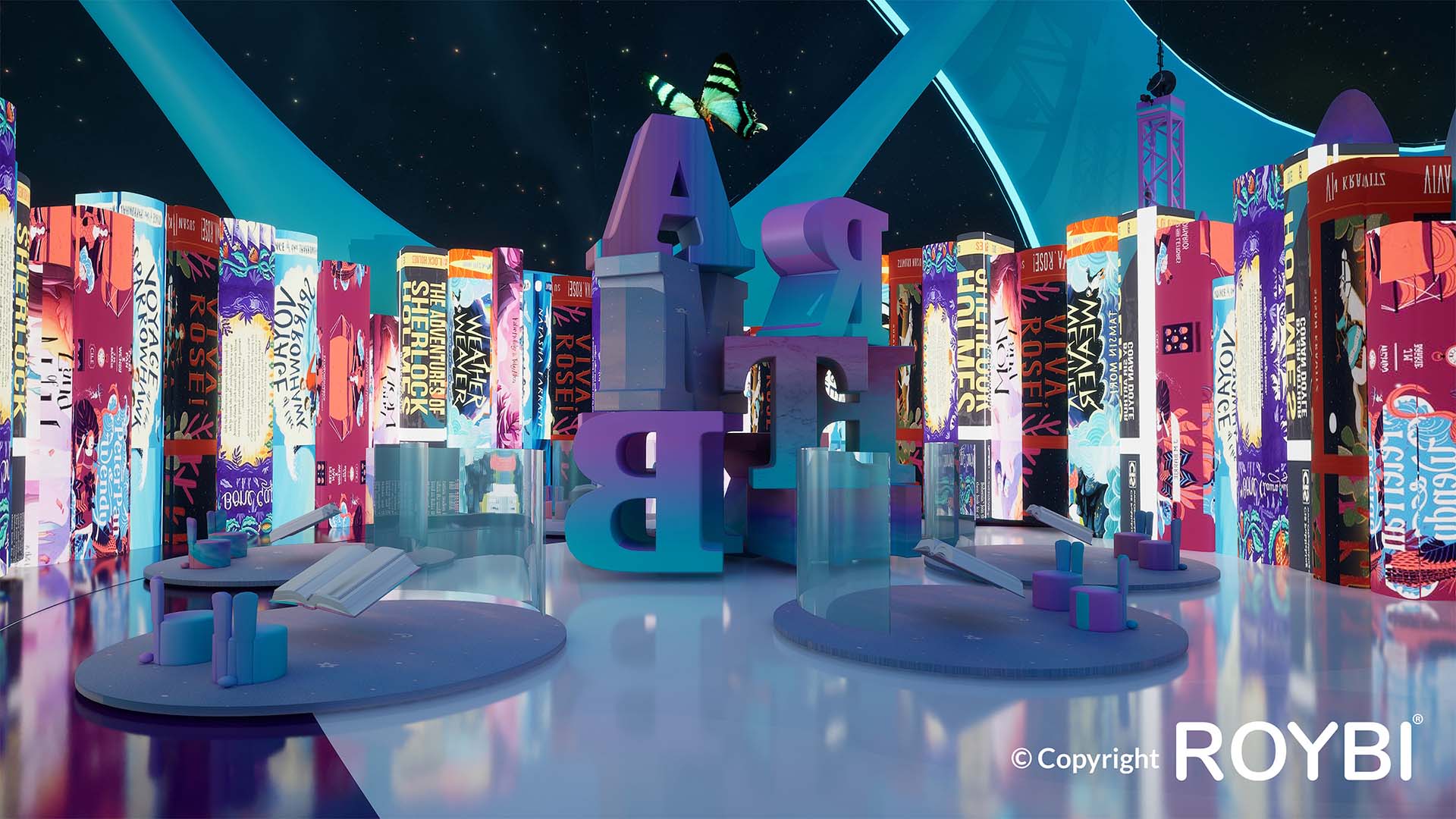Is music art? While practicing musical instruments or attending a stage show certainly fall under the broad category of “the arts,” music itself is still a topic of debate among artists. This expands to the different genres or ways to create music. A top 40 pop song and an operatic tragedy are both kinds of music, but which has more artistic merit? Does a soundboard or launchpad count as a musical instrument? Where does the art of sound fall?
The History of Sound Art
Sound art is, well, exactly what it sounds like: a piece of art (typically an installation) that utilizes sound as the main medium. Everything from acoustics to sounds found in nature can (and have) been used as basis for sound art. It is specifically a form of contemporary art, and can involve human interaction, video, electronics, and other uncommon artistic elements.

The earliest example of the genre is Intonaurumori, experimental instruments created by Italian artist Luigi Russolo. Built between 1910 and 1930, these were acoustic boxes capable of producing unique sounds due to the internal construction. They were not particularly loud, which was surprising given the name came from the Italian word for “noise makers.” Still, they have remained iconic among the Italian futurism scene and have been recreated multiple times over the years.
American Sound Art
As for the United States, the first documented use of the term “sound art” was in 1983. The Sculpture Center in New York City hosted William Hellermann’s exhibit “Sound/Art,” which featured multiple artists and musicians. These included Keith Sonnier, Carolee Schneeman, Vito Acconci, and Hellermann himself. A catalogue essay by art historian Don Goddard described it as:
“It may be that sound art adheres to curator Hellermann’s perception that ‘hearing is another form of seeing,’ that sound has meaning only when its connection with an image is understood… The conjunction of sound and image insists on the engagement of the viewer, forcing participation in real space and concrete, responsive thought rather than illusionary space and thought.”
Many festivals and organizations have formed over the years to celebrate and facilitate sound art. The UK has Sound and Music, a merger of four previously existing groups: The Society for the Promotion of New Music, the Contemporary Music Network, the Sonic Arts Network, and the British Music Information Centre. For Norwegians, there is the non-profit gallery Lydgalleriet (The Soundgallery). Kenneth Goldsmith founded UbuWeb, a site that includes sound art archives, in 1996. Some might even consider some of La Machine’s productions sound art.

Who Are Sound Artists?
Many famous musicians and artists consider themselves to be sound artists. For example, Yoko Ono falls under the “sound artist” banner thanks to her multimedia projects and wide array of genres. Her early music was a great influence to musical acts like the B-52s and Elvis Costello. Because music features so heavily in her installations (either as an element or inspiration), some consider her to be the most famous “sound artist” of all time. However, as she does not specifically focus on sound art, this claim is under debate.
More concrete examples of sound art belong to artists like Susan Philipsz. The Glaswegian woman is the first sound artist to ever win a Turner Prize. Her 2010 presentation Lowlands, featured at the Glasgow International Festival of Visual Art, was described by Waldemar Januszczak of The Sunday Times as a work “of quiet and sophisticated poetry.” Seems somewhat counter-intuitive for a sound artist to focus on the quiet, but silence is as much a part of sound as discord and din. As Philipsz tends to focus on the introspective as well, the somber nature of Lowlands makes the quiet all the more impactful.
Sound art is fascinating among the many forms of installation art. Despite audio components playing a large role in many installations, the term itself is virtually unknown. Little research has been done on the topic. Yet nearly everybody has been exposed to it, however indirectly. It is difficult to tell if 2020 will be the year the craft finally hits the mainstream. Maybe it will, at least, find the recognition it deserves. With a keen ear, perhaps more people with find more examples of it- or be inspired to make their own.
Follow our world of creation to discover more about the arts!



